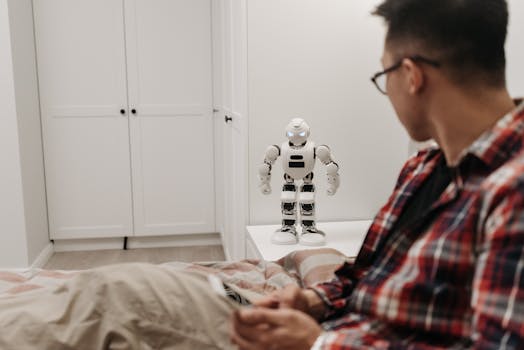
Smart Homes and Smart Living: The Technological Transformation of European Homes by 2025
Smart Homes and Smart Living are revolutionizing the way we live and interact with our living spaces. By 2025, European homes are expected to undergo a significant technological transformation, making our lives easier, more convenient, and sustainable. In this article, we will explore the latest trends and innovations in smart home technology and their impact on European homes.
Introduction to Smart Homes
A smart home is a residence that has been equipped with advanced technology to make our lives more comfortable, convenient, and energy-efficient. Smart homes use a network of devices, sensors, and software to control and monitor various aspects of our living space, such as lighting, temperature, security, and entertainment. With the help of smart home technology, we can remotely control and monitor our homes, receive notifications, and access a wide range of services and applications.
Trends and Innovations in Smart Home Technology
There are several trends and innovations that are driving the growth of smart home technology in European homes. Some of the key trends include:
- Artificial Intelligence (AI): AI is being used to make smart homes more intelligent and responsive to our needs. AI-powered devices can learn our habits and preferences, and adjust the lighting, temperature, and other settings accordingly.
- Internet of Things (IoT): The IoT is a network of devices that are connected to the internet and can communicate with each other. In smart homes, IoT devices can be used to control and monitor various aspects of our living space, such as lighting, security, and entertainment.
- Voice Assistants: Voice assistants, such as Amazon Alexa and Google Assistant, are being used to control and interact with smart home devices. Voice assistants can be used to turn on lights, adjust the temperature, and access a wide range of services and applications.
- Energy Efficiency: Smart home technology is being used to make European homes more energy-efficient. Smart devices can be used to monitor and control energy consumption, and optimize energy usage to reduce waste and save money.
Impact of Smart Home Technology on European Homes
Smart home technology is having a significant impact on European homes, transforming the way we live and interact with our living spaces. Some of the key benefits of smart home technology include:
- Increased Convenience: Smart home technology makes it easy to control and monitor our living space, remotely and automatically.
- Improved Energy Efficiency: Smart home devices can be used to monitor and control energy consumption, reducing waste and saving money.
- Enhanced Security: Smart home technology can be used to monitor and control security systems, providing an additional layer of protection for our homes and families.
- Improved Comfort: Smart home devices can be used to adjust the lighting, temperature, and other settings to create a comfortable and relaxing living space.
Conclusion
In conclusion, smart home technology is transforming the way we live and interact with our living spaces. By 2025, European homes are expected to undergo a significant technological transformation, making our lives easier, more convenient, and sustainable. With the help of smart home technology, we can create a more comfortable, energy-efficient, and secure living space, and enjoy a better quality of life.






